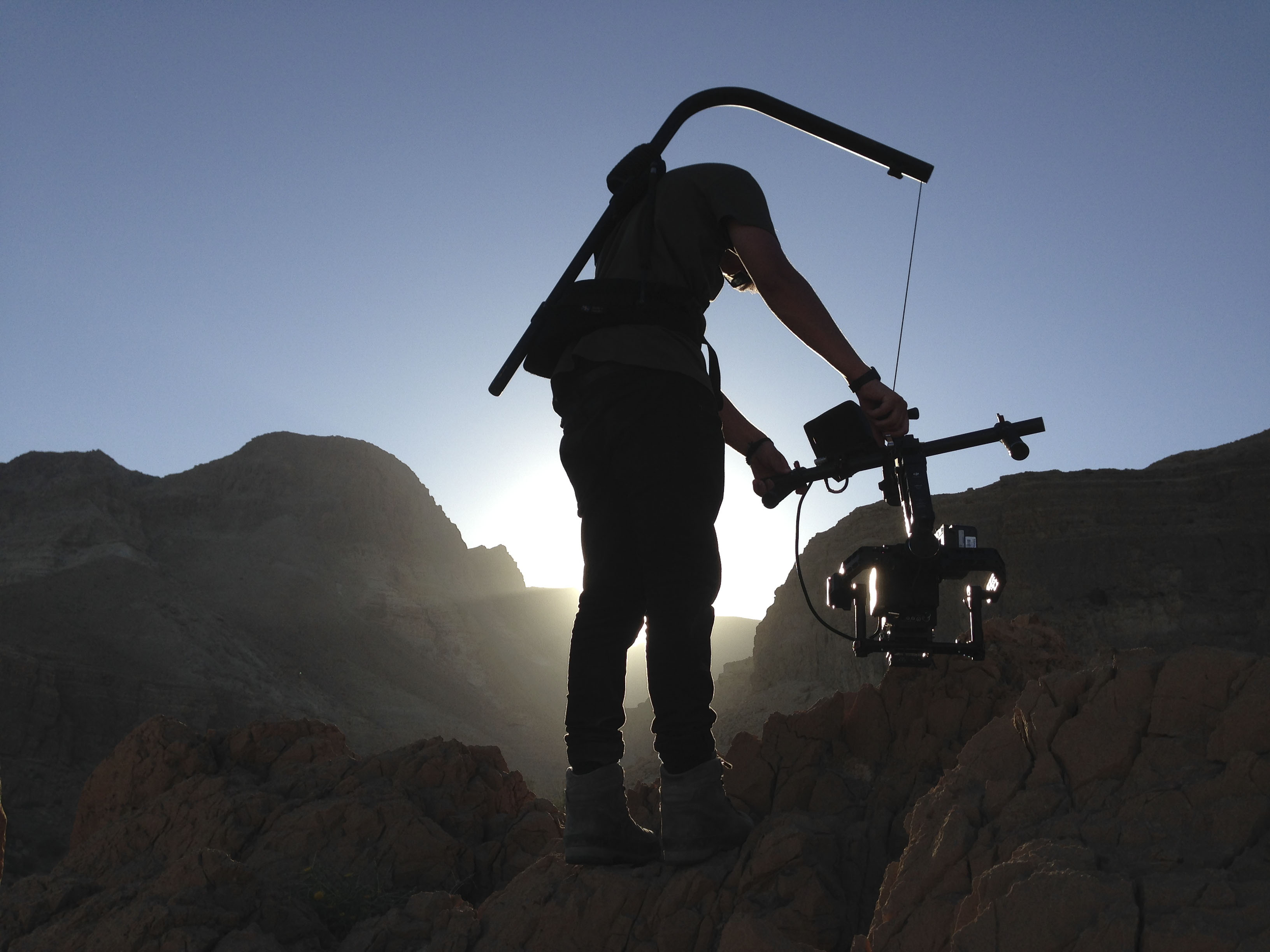

BBC Earth Podcast
Close your eyes and open your ears
Intimate stories and surprising truths about nature, science and the human experience in a podcast the size of the planet.
Planet Earth II
Mountains by their nature are some of the most physical habitats to film in, because the animals often live at high altitudes and in difficult conditions.
In addition, mountain animals tend to be thin on the ground. Because mountain habitats aren’t as productive as jungles or grasslands, your snow leopards and bears tend to be pretty sparsely spread throughout the terrain. Just finding the animals is the first challenge. I’m much fitter now than when I started this!

The remote cameras have been a big part of our success. We had a traditional crew on site who worked very hard to film the fight behaviour and the mating of the snow leopards. But remote camera traps allowed us to film the animals much more intimately in their landscapes. Historically, mountain films tend to involve shooting something on the other side of a valley with a long lens, which leaves you with quite a flat image. You don’t see the ridges they walk on, or the peaks they live in. Getting up amongst the pathways that the animals use has allowed us to bring their whole world to life. A lot of hard effort went into getting those shots.
The biggest struggle I had was the sheer physicality of it. When we were on the second snow leopard shoot, and trying to get more cameras higher than ever before – up to 5,000 metres in places – we were struggling. I managed to get acute mountain sickness and had to come down and spend a couple of days sitting in a hotel with an oxygen cylinder. Film crews carry so much stuff and everywhere we went we had to find ways to get in. There were some very physical days where you’d end up feeling sick from the exertion of it.
I managed to get acute mountain sickness and had to come down and spend a couple of days sitting in a hotel with an oxygen cylinder."
We wouldn’t have achieved anything without our incredible local team, whose knowledge of the snow leopards was second to none. They knew where they walked, they knew which rocks they sprayed on. We would walk for kilometres up into the mountains and they would find their paths and show us where the cats marked their territory by scraping their feet on the ground. This knowledge was invaluable to us. We got to know the porters really well.
We did three shoots in Ladakh and for each shoot we had a small team of about six guys who helped us out. Because we went out there three times, we really got to know the people working for us, and their backgrounds and stories. There was lots of laughter, and they were so proud to be part of the project. They’d come and look at footage with us in the evening. They were especially excited as the snow leopard is their emblem and in their hearts. They’d never seen them in the way we’d shot them, and they were blown away with what we were getting. It made everyone work harder. If we were tired, they were always the first guys up. Our growing relationship with those people was really special.

We wanted to film golden eagles swooping in the mountains at 200mph. We got the footage, but to get the perspective of the bird, we employed a world champion paraglider, fitted him out with cameras and crossed over into the world of extreme sport. New territory for us and a real learning experience for everyone. We needed a shot of him buzzing down the side of a mountain, and we got it in the end by getting him to fly tandem with a cameraman who had never flown before. He made a very high-pitched scream on the way down!
Featured image © David Willis


Intimate stories and surprising truths about nature, science and the human experience in a podcast the size of the planet.